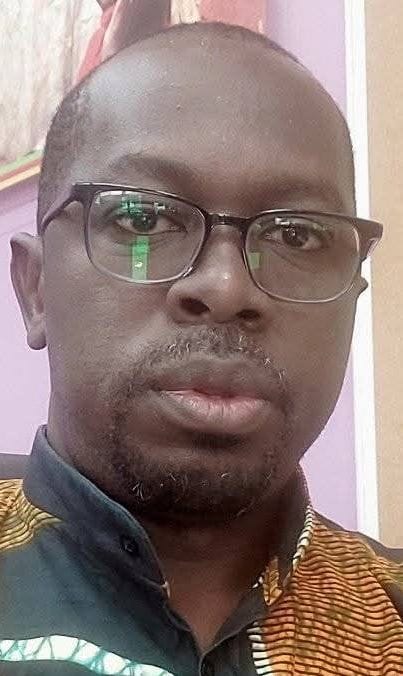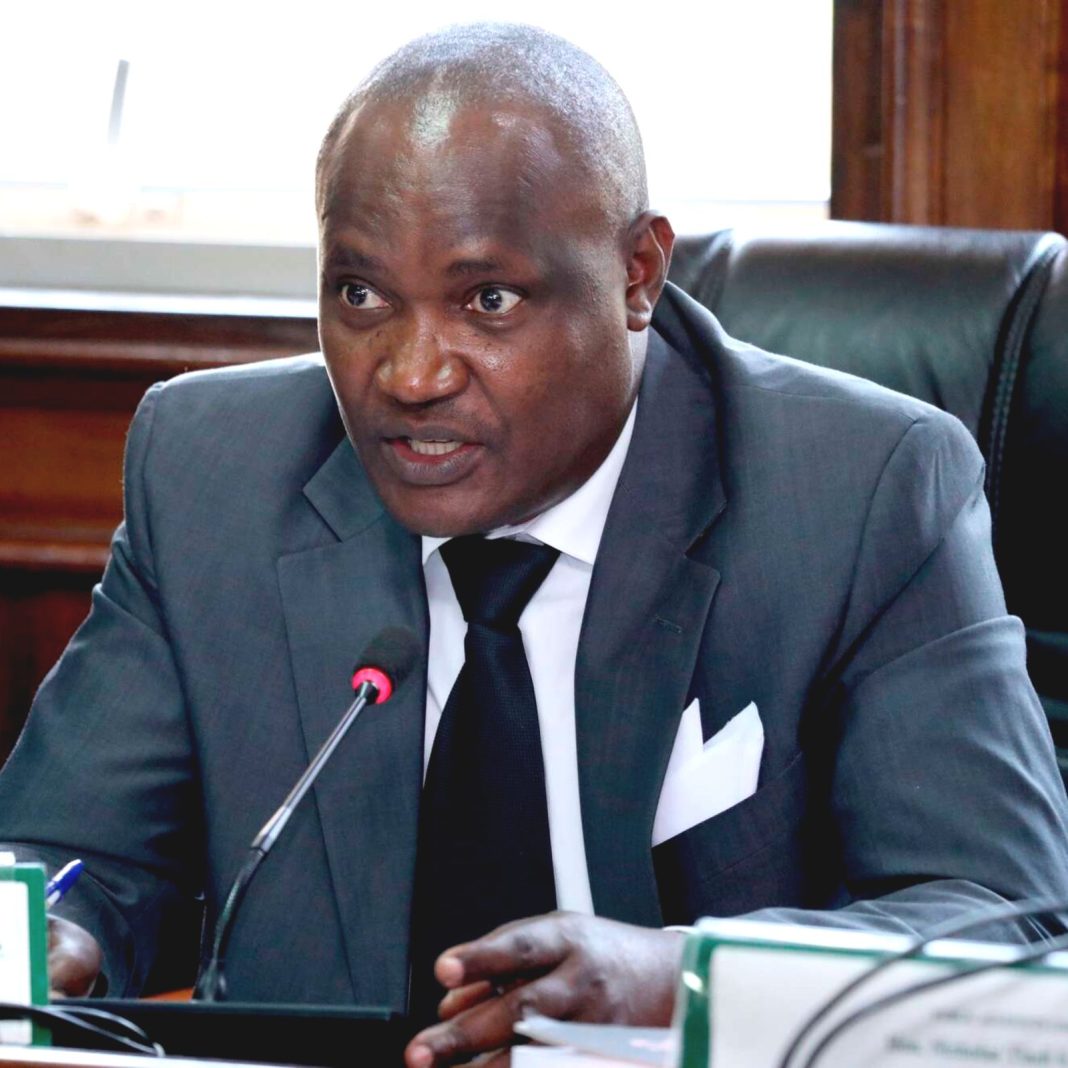By Moses Kidi
When Naomi Chepkorir, a 68-year-old grandmother from Bomet, began losing her sight, it wasn’t dramatic. First, the letters in her Bible blurred. Then came the stumbles in her kitchen, the missed steps on the garden path. Eventually, the world faded into a fog. Naomi withdrew from her church group, stopped tending her farm, and began relying entirely on her daughter. “I felt like a burden,” she recalls. “I couldn’t even see my grandchildren anymore.”
Naomi believed, like many others in rural Kenya, that blindness was just part of growing old. But during a community health visit, she was screened and diagnosed with cataracts, a treatable eye condition. After a short surgery, her vision was restored. Her life, once paused, began again.
Naomi’s story is not unique. Across Kenya, millions are gradually losing their sight due to preventable or treatable eye conditions. Yet only a fraction access care in time. According to the Kenya National Eye Health Strategic Plan 2020–2025, about 15.5% of the population, roughly 7.5 million people require medical attention for eye problems. The most common causes include cataracts, uncorrected refractive errors, and allergic conjunctivitis that are all manageable if detected early.
A Crisis in Plain Sight
Walk into many rural health centres in Kenya, and you’ll find no eye care professional. Even in better-equipped facilities, basic tools like eye charts or slit lamps are often missing. Most children are never screened for vision problems. Older adults silently adjust to a world growing dimmer.
In many counties, there are no dedicated budgets for eye health, no functioning optical shops, and no clear referral systems. Community surveys show that more than half of people with visual impairments have never sought care not because they don’t want it, but because they don’t know services exist, can’t afford them, or live too far away.
The effects ripple across society. Children fall behind in school not because they lack intelligence, but because they can’t see the blackboard. Workers are sidelined by eye problems that could be solved with a pair of glasses. Parents can’t recognise their children’s faces. Behind each statistic lies a life dimmed by neglect.
Why the System Is Failing
The problem isn’t only about access, it’s structural. Kenya’s health system still treats eye care as a luxury or specialist service, not a core part of primary health care. Most counties lack integrated eye health strategies. Eye care is often left out of school health programs and community outreach. Most frontline health workers lack even basic training in eye screening.
There’s also a human resource crisis. Kenya has far too few ophthalmologists, optometrists, and ophthalmic nurses. Equipment is outdated or absent. Even simple medications and consumables are often out of stock in public clinics.
Technology could help from mobile screening apps to digital referral systems, but most counties have yet to adopt these solutions at scale.
The High Price of Doing Nothing
The cost of inaction is enormous. Vision loss erodes education, productivity, independence, and mental health. It increases dependency among older adults, deepens poverty, and heightens the burden on caregivers especially women. It contributes to school dropouts and restricts economic participation.
Yet despite its wide-ranging impact, eye health remains absent from most county development plans. Until this changes, many like Naomi will continue to fall through the cracks.
A Vision for the Future
Change is possible and urgent. Imagine a Kenya where every child receives a vision screening in school. Where community health volunteers are trained to detect early signs of eye disease. Where every dispensary offers basic eye care. Where older adults like Naomi receive cataract surgery before blindness sets in.
This future begins with a shift in mindset: eye health is not a luxury. It’s a right. It’s essential to Universal Health Coverage and the Sustainable Development Goals. It’s the difference between exclusion and opportunity, dependence and dignity.
County governments must lead the way. They must invest in training, equip facilities, integrate eye care into routine services, and raise public awareness. No Kenyan should live in darkness because of where they were born or the cost of a pair of glasses.
Naomi’s story ends with hope but millions more are still waiting for light. The time to act is now.
By Moses Kidi
Health Policy Advocate.




